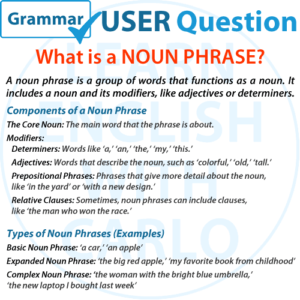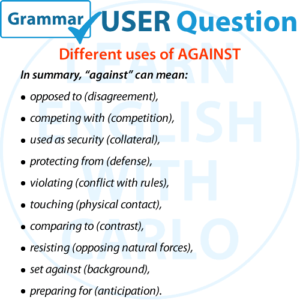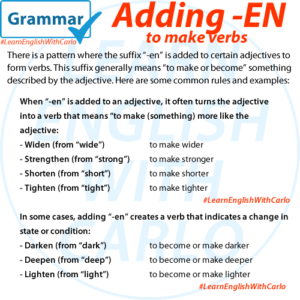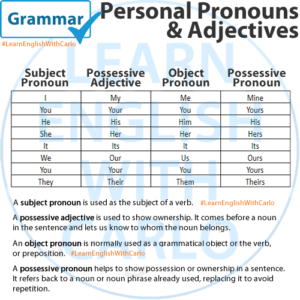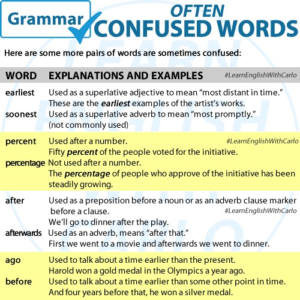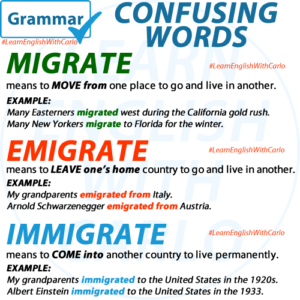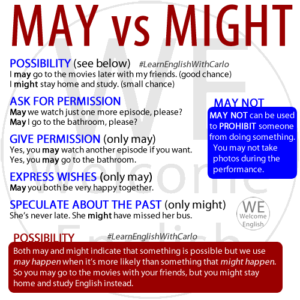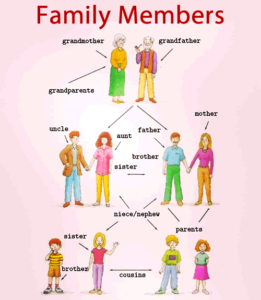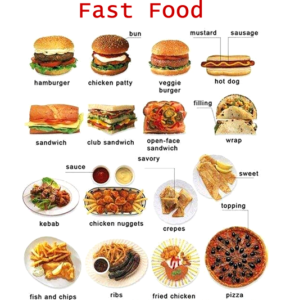When you’re learning English, understanding the structure of sentences is essential. One important part of many sentences is a noun phrase. In this post, we’ll break down what noun phrases are, how they’re used, and give you some examples to help you recognize and create your own. What Is a Noun Phrase? A noun phrase …
Category: INSTAGRAM
Images I've posted to Instagram
Permanent link to this article: https://englishyourway.com.br/understanding-noun-phrases-in-english/
Oct 31
The uses of AGAINST
Permanent link to this article: https://englishyourway.com.br/the-uses-of-against/
Oct 16
Turning Adjectives into Verbs with “-en”
In English, some adjectives can be turned into verbs by adding the suffix -en. These verbs usually indicate the process of becoming or making something have the quality described by the adjective. Understanding how and when to use -en to form verbs can greatly expand your vocabulary and improve your communication skills. How Does It …
Permanent link to this article: https://englishyourway.com.br/turning-adjectives-into-verbs-with-en/
Oct 11
GRAMMAR – Pronouns (and adjectives)
Personal pronouns and possessive adjectives are essential elements of English grammar. They help us talk about people, things, and ownership without repeating the same nouns over and over again. In this post, we’ll explore five key types: subject pronouns, object pronouns, possessive adjectives, possessive pronouns, and reflexive pronouns. Understanding how to use each one correctly …
Permanent link to this article: https://englishyourway.com.br/grammar-pronouns-and-adjectives/
Permanent link to this article: https://englishyourway.com.br/grammar-more-confusing-words/
Permanent link to this article: https://englishyourway.com.br/grammar-migrate-vs-emigrate-vs-immigrate/
Oct 02
May vs. Might: Understanding the Difference
In English, both may and might are modal verbs used to indicate possibility. However, they aren’t interchangeable in all situations. Knowing when to use each one can improve the accuracy and clarity of your communication. May: A Stronger Possibility May is often used when something is more likely to happen. When we say something may …
Permanent link to this article: https://englishyourway.com.br/may-vs-might-difference/
Sep 25
PRONUNCIATION – the ED sound
PRONUNCIATION – the ED sound There are three different ways to pronounce the ‘ED’ ending of regular verbs in the simple past tense: / t/ , / d / or / id /. The pronunciation depends on the sound at the end of the infinitive of the main verb and whether it is voiced or …
Permanent link to this article: https://englishyourway.com.br/pronunciation-ed-sound/
Sep 25
VOCABULARY – Family Members
Permanent link to this article: https://englishyourway.com.br/vocabulary-family-members/
Sep 24
VOCABULARY – Fast Food
Popular Fast Food Dishes In addition to burgers and fries, fast food offers a variety of dishes depending on where you are in the world. Some popular fast food items include: Fast Food Vocabulary in Context Here are some common phrases you might hear when ordering fast food: Healthier Fast Food Options Fast food doesn’t …
Permanent link to this article: https://englishyourway.com.br/vocabulary-fast-food/

